- Home
- Acharya Shree
- info@smdyogmandirtrust.com
We Accept Payment Via![]()
- Home
- Acharya Shree
- info@smdyogmandirtrust.com
We Accept Payment Via ![]()
Yoga & Pranayam
Shri Mohan Divya Yog Mandir Trust (Bisrakh Dham)
Shri Shri 1008 Mahamandleshwar Acharya Ashokanand Ji Maharaj, (Yogi Raj) Founder and President of Shri Mohan Divya Yog Mandir Trust (Bisrakh Dham). He is doing the welfare of the entire human race, you are continuously paving the path of physical, mental, spiritual and social and social development through Bhakti Yoga, Yoga Marg, Ayurveda and naturopathy from Bisrakh Dham Ashram. His Trust practical training to the entire human society in Ashtang Yoga, Raja Yoga, Dhyan Yoga, Hathyoga, Yogasana and Pranayama etc., received from the tradition of sages and saints, for the complete removal of all sorrows, physical fitness, mental peace and attainment of bliss. Arrange for construction of buildings and food etc. for the residence of the practitioners having special inclination towards yoga training and sadhana. Trust organize yoga camps and meditation camps in the country (India) and abroad for the promotion of yoga training and true Sanatan Vedic religion. Trust conduct research on Yoga, Ayurveda and Vedic literature and to organize scholarly seminars and competitions. Arrange for the study and teaching of Yoga and Yoga texts for character building and healthy Lifestyle and distribute the knowledge of culture and important of Yoga in the human life.
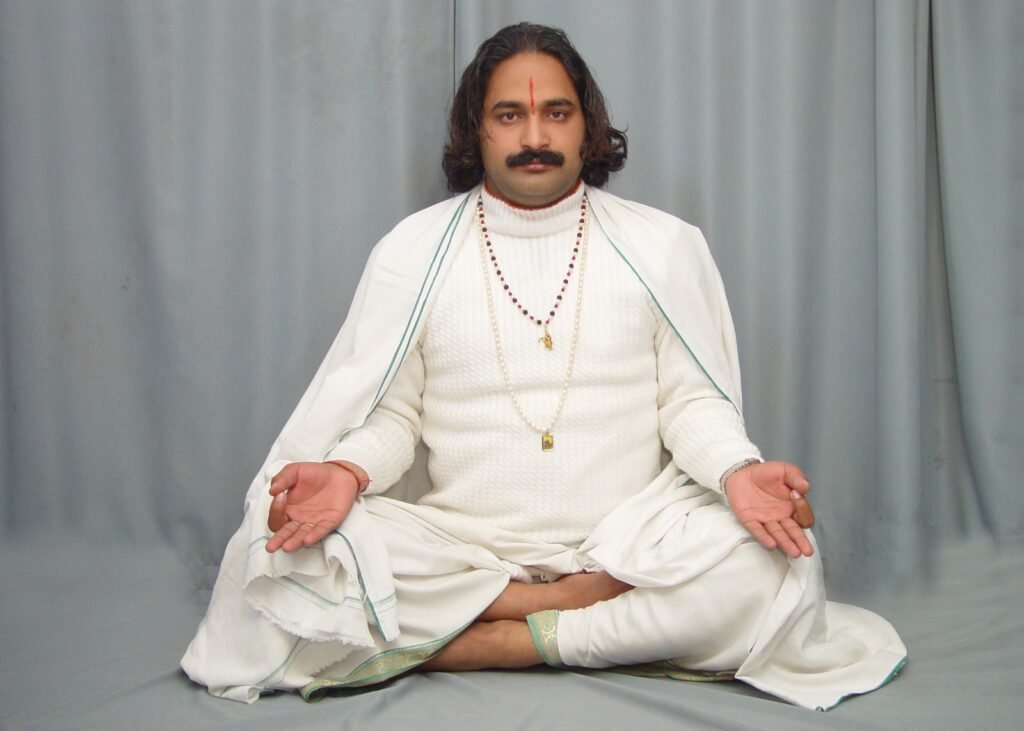
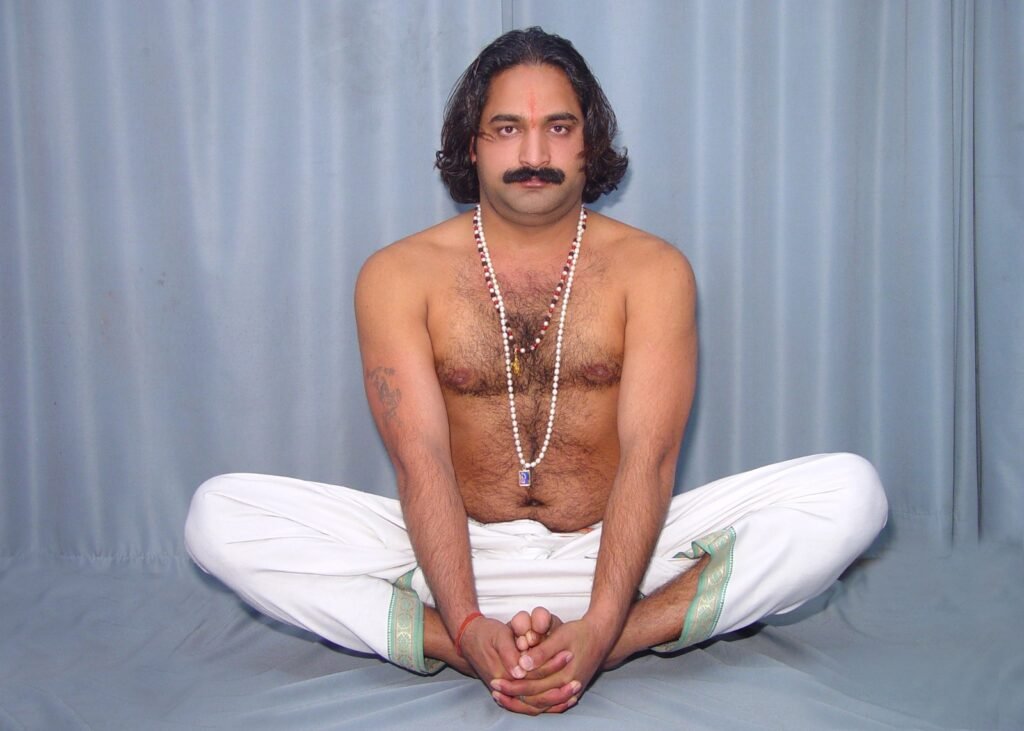
General Yoga Information
What is Yoga?
Yoga is essentially a spiritual discipline based on an extremely subtle science, which focuses on bringing harmony between mind and body. It is an art and science of healthy living. The word ‘Yoga’ is derived from the Sanskrit root ‘Yog’, meaning ‘to join’ or ‘to yoke’ or ‘to unite’. As per Yogic scriptures the practice of Yoga leads to the union of individual consciousness with that of the Universal Consciousness, indicating a perfect harmony between the mind and body, Man & Nature. According to modern scientists, everything in the universe is just a manifestation of the same quantum firmament. One who experiences this oneness of existence is said to be in yoga, and is termed as a yogi, having attained to a state of freedom referred to as mukti, nirvana or moksha. Thus the aim of Yoga is Self-realization, to overcome all kinds of sufferings leading to ‘the state of liberation’ (Moksha) or ‘freedom’ (Kaivalya). Living with freedom in all walks of life, health and harmony shall be the main objectives of Yoga practice. “Yoga” also refers to an inner science comprising of a variety of methods through which human beings can realize this union and achieve mastery over their destiny. Yoga, being widely considered as an ‘immortal cultural outcome’ of Indus Saraswati Valley civilization – dating back to 2700 B.C., has proved itself catering to both material and spiritual upliftment of humanity. Basic humane values are the very identity of Yoga Sadhana.
The whole system of Yoga is built on three main structures: exercise, breathing, and meditation. The exercises of Yoga are designed to put pressure on the glandular systems of the body, thereby increasing its efficiency and total health. The body is looked upon as the primary instrument that enables us to work and evolve in the world, and so a Yoga student treats it with great care and respect. Breathing techniques are based on the concept that breath is the source of life in the body. The Yoga student gently increases breath control to improve the health and function of both body and mind. These two systems of exercise and breathing then prepare the body and mind for meditation, and the student finds an easy approach to a quiet mind that allows silence and healing from everyday stress. Regular daily practice of all three parts of this structure of Yoga produce a clear, bright mind and a strong, capable body.
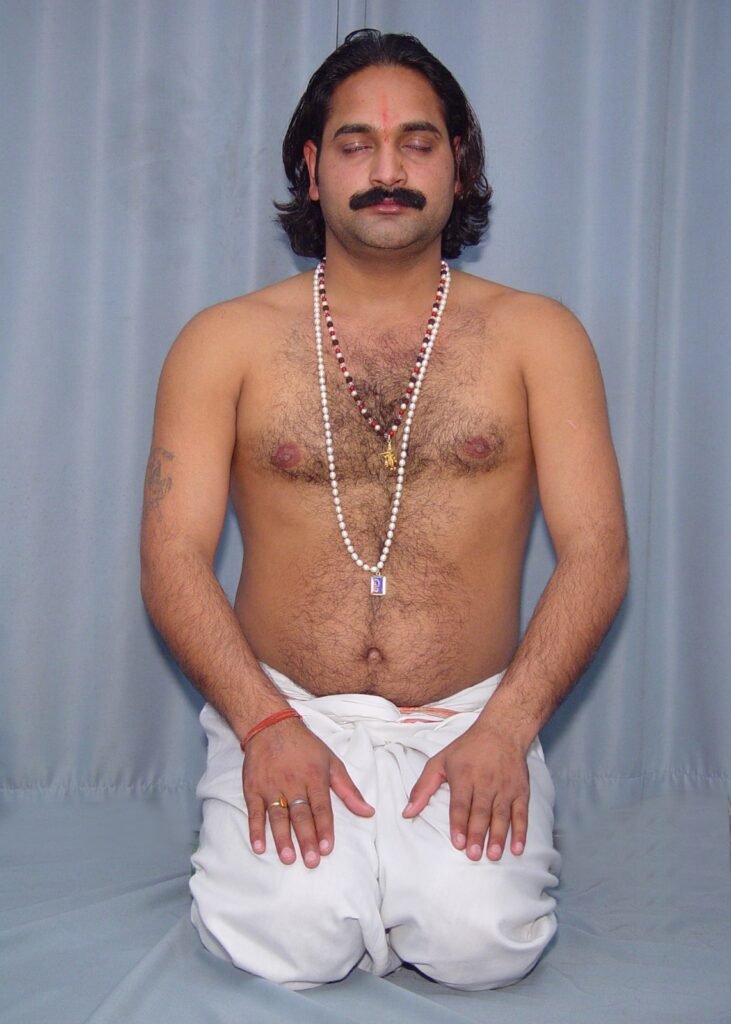
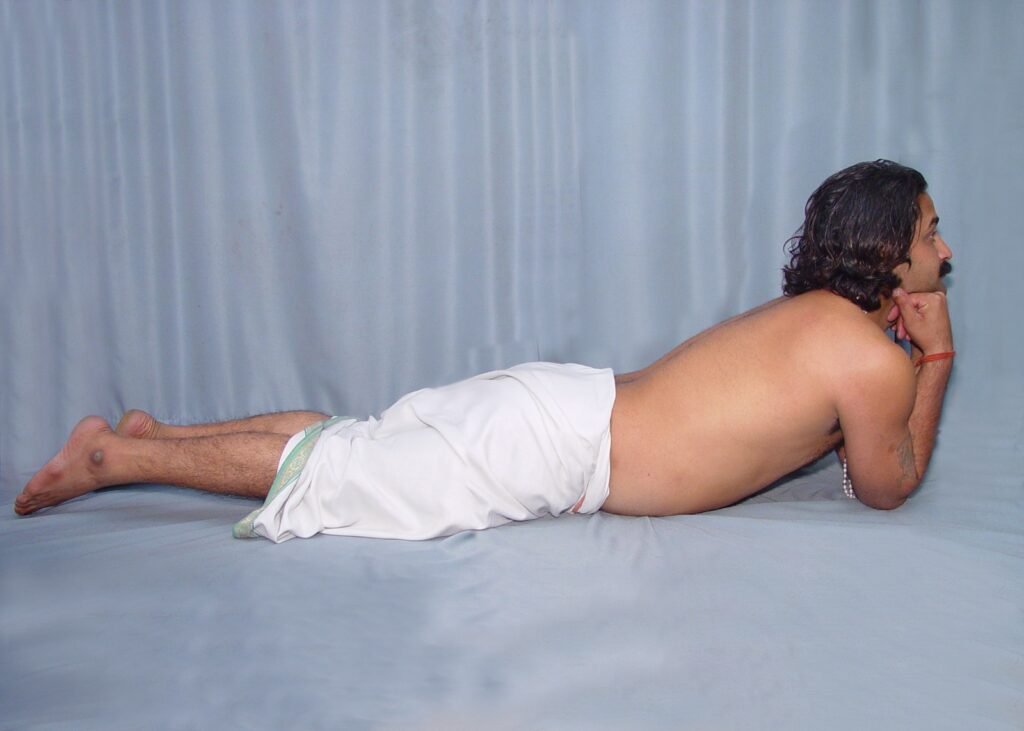
Types of Yoga
There are over a hundred different schools of Yoga. Some of the most well-known are described below:
Hatha Yoga: The physical movements and postures, plus breathing techniques. This is what most people associate with Yoga practice.
Raja Yoga: Called the “royal road,” because it incorporates exercise and breathing practice with meditation and study, producing a well-rounded individual.
Jnana Yoga: The path of wisdom; considered the most difficult path.
Bhakti Yoga: The practice of extreme devotion in one-pointed concentration upon one’s concept of God.
Karma Yoga: All movement, all work of any kind is done with the mind centered on a personal concept of God.
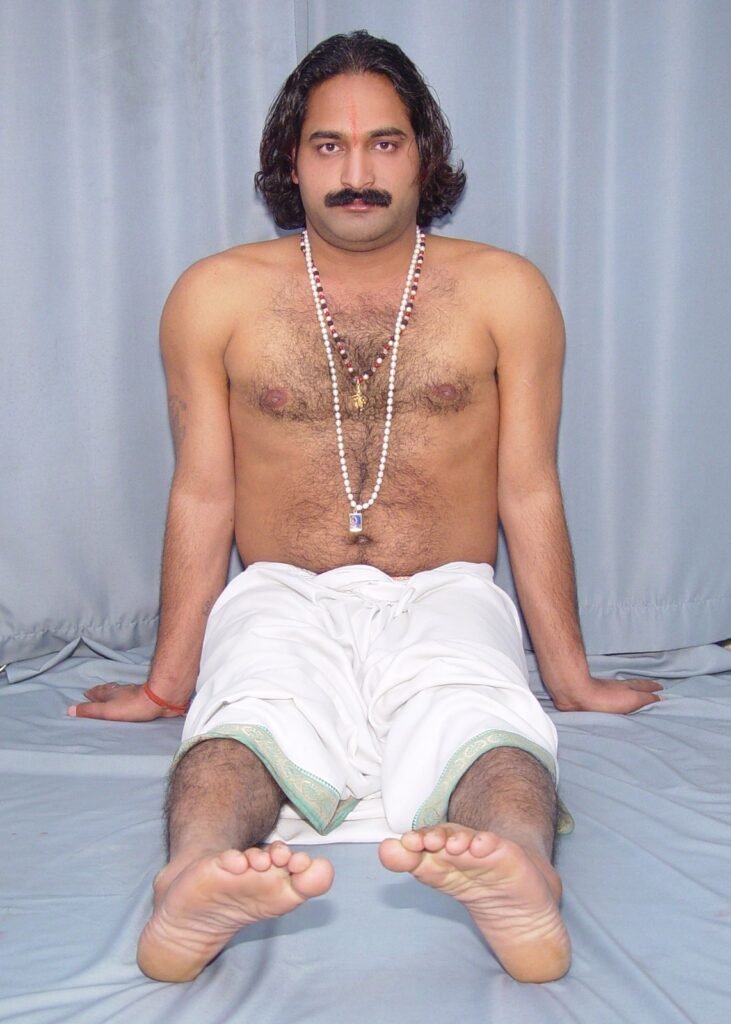
Tantra Yoga: A way of showing the unseen consciousness in form through specific words, diagrams, and movements. One of the diagrams that is used to show the joining of the physical and spiritual bodies is two triangles superimposed upon one another. The downward-pointing triangle represents the physical body, or the female aspect having to do with work, action, and movement; the upward-pointing triangle represents the spiritual body of support, energy, and vastness.
History of Yoga
No one knows exactly when Yoga began, but it certainly predates written history. Stone carvings depicting figures in Yoga positions have been found in archeological sites in the Indus Valley dating back 5,000 years or more. There is a common misconception that Yoga is rooted in Hinduism; on the contrary, Hinduism’s religious structures evolved much later and incorporated some of the practices of Yoga.
(Other religions throughout the world have also incorporated practices and ideas related to Yoga.)
The tradition of Yoga has always been passed on individually from teacher to student through oral teaching and practical demonstration. The formal techniques that are now known as Yoga are, therefore, based on the collective experiences of many individuals over many thousands of years. The particular manner in which the techniques are taught and practiced today depends on the approach passed down in the line of teachers supporting the individual practitioner.
Yoga and Religion
Yoga is not a religion. It has no creed or fixed set of beliefs, nor is there a prescribed godlike figure to be worshipped in a particular manner. Religions for the most part seem to be based upon the belief in and worship of things (God or godlike figures) that exist outside oneself. The core of Yoga’s philosophy is that everything is supplied from within the individual. Thus, there is no dependence on an external figure, either in the sense of a person or god figure, or a religious organization.
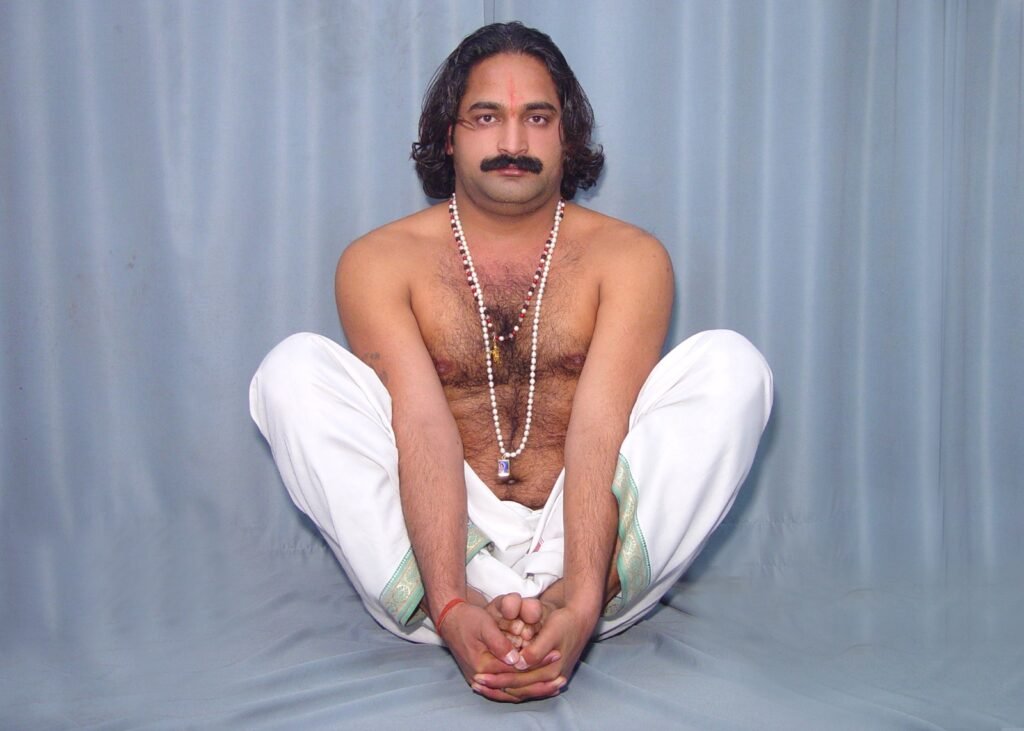
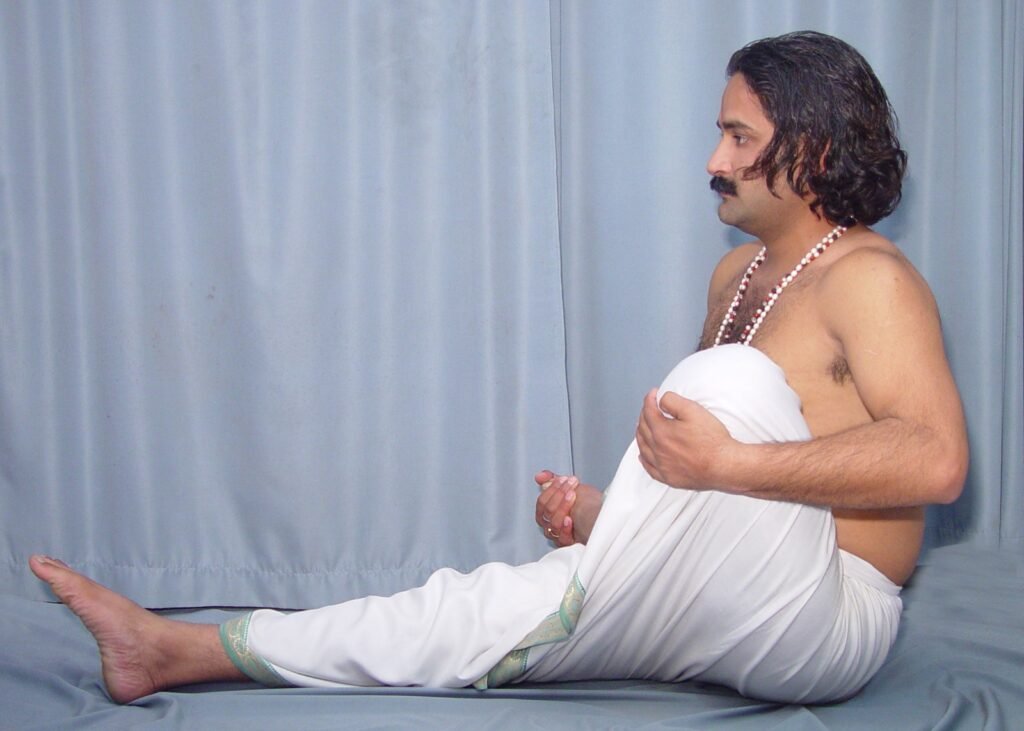
The common belief that Yoga derives from Hinduism is a misconception. Yoga actually predates Hinduism by many centuries. Ancient seals unearthed in the Indus Valley provide clear evidence of widespread Yoga practice earlier than 3,000 B.C.E. The techniques of Yoga have been adopted by Hinduism as well as by other world religions. Yoga is a system of techniques that can be used for a number of goals, from simply managing stress better, learning to relax, and increasing limberness all the way to becoming more self-aware and acquiring the deepest knowledge of one’s own self.
In sum, our position is that growth is in large measure controlled by the glandular system. It is a vastly complicated process, and the powerful physical and mental effects of Yoga asans may interfere with natural growth.

